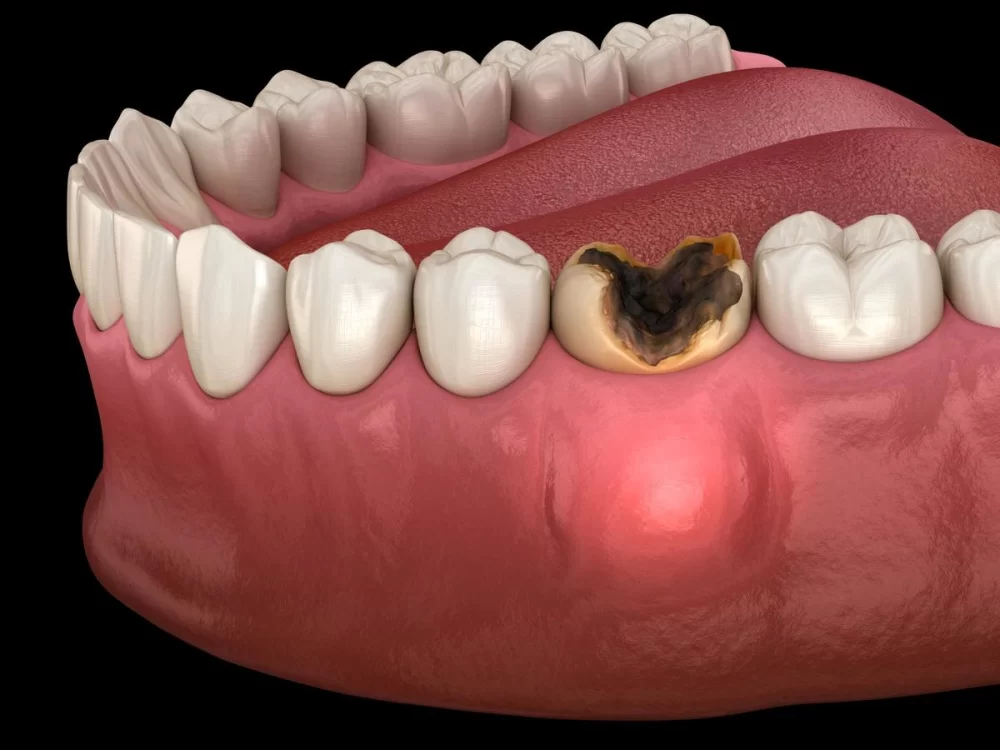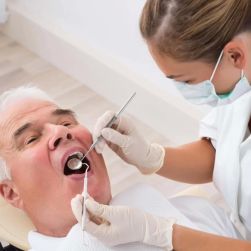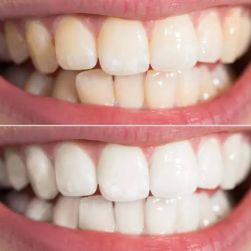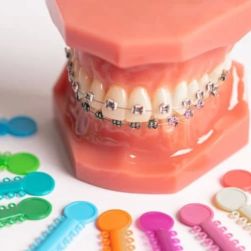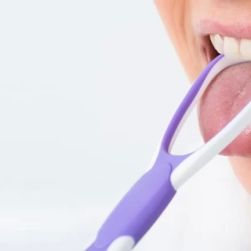Effective Treatment for Tooth Abscesses: My Personal Journey to Healing
In my experience, discovering a tooth abscess can be both alarming and painful. The discomfort of an infection in the mouth, especially when it’s near the tooth root, can quickly turn from a minor issue to a major health concern. I remember the first time I noticed a swelling near my gum. At first, I thought it was just a minor irritation, but as the pain intensified, I realized I needed professional help. Here’s what I learned about how to treat tooth abscesses, and why seeking care from a dentist is crucial.
Understanding Tooth Abscesses: What They Are and Why They Matter
A tooth abscess is a pocket of pus caused by a bacterial infection. It often develops at the tip of the root or in the gums near a tooth. The infection can result from severe tooth decay, a cracked tooth, or gum disease, all of which allow bacteria to enter the tooth. When I felt the swelling near my gumline, I initially didn’t understand why it hurt so much. The abscessed tooth can cause throbbing pain, sensitivity to hot or cold, and in some cases, fever.
My dentist explained that the infection could spread if left untreated, leading to serious complications. If the bacteria travel through the bloodstream, it can cause sepsis, a life-threatening condition. That’s when I truly understood the importance of treating a tooth abscess promptly.
The Importance of Seeking Prompt Treatment
Ignoring a tooth abscess may seem like an option, but I quickly learned that it’s not. The discomfort I experienced was only a small part of the problem. Over time, the infection can worsen, leading to severe pain, swelling, and even damage to the jawbone. I didn’t want to risk losing a tooth, so I made an appointment with my dentist as soon as I could.
One of the most common misconceptions people have about tooth abscesses is that they’ll go away on their own. Unfortunately, this isn’t true. In fact, untreated abscesses can lead to the need for more extensive treatments, such as tooth extraction. I was relieved when my dentist reassured me that an abscess is treatable with the right care, and that’s exactly what I needed.
Diagnosis and Treatment Options
When I saw my dentist, they started by performing a thorough examination of the affected area. They used X-rays to assess the extent of the infection and determine if it had spread to surrounding areas. After confirming it was an abscess, the dentist explained the treatment options available to me.
The most common treatment for a tooth abscess is a root canal. In my case, the dentist recommended this procedure because the infection had reached the tooth’s pulp. During the root canal, the dentist carefully removed the infected tissue from inside the tooth and sealed it to prevent further infection. While the idea of the procedure was intimidating at first, the dentist reassured me that it would alleviate the pain and preserve my tooth.
After the root canal, my dentist prescribed antibiotics to ensure the infection was fully treated. I was also given aftercare instructions to avoid complications. The healing process took a little time, but I was relieved to know that the infection was under control. I can now smile confidently, knowing that my tooth is healthy again.
In some cases, if the infection is severe or the tooth is beyond saving, tooth extraction may be necessary. However, this was not the case for me, and I’m glad I was able to keep my tooth. Every situation is unique, so it’s important to trust your dentist to recommend the best treatment plan for your specific condition.
Preventing Future Tooth Abscesses
After my experience with the tooth abscess, I became more diligent about maintaining my oral health. Brushing my teeth twice a day, flossing regularly, and visiting the dentist for check-ups every six months have become non-negotiable parts of my routine. By taking preventive measures, I can reduce the risk of future infections.
My dentist also emphasized the importance of addressing any dental issues as soon as they arise. Catching tooth decay or gum disease early can prevent the need for more invasive treatments later. If you notice pain, swelling, or sensitivity in your mouth, don’t hesitate to schedule an appointment with your dentist.
In conclusion, treating a tooth abscess with the help of a skilled dentist is essential to your health. The sooner you seek care, the more likely you are to avoid serious complications. My experience was a reminder of just how important it is to listen to your body and seek professional help when necessary. I encourage anyone dealing with a tooth abscess to reach out to a dentist right away – it can make all the difference.

